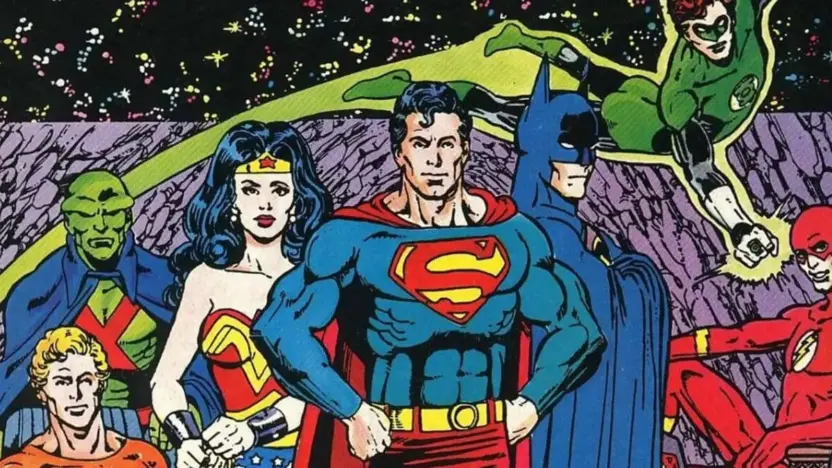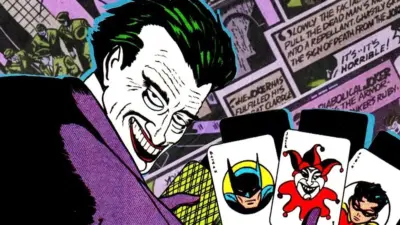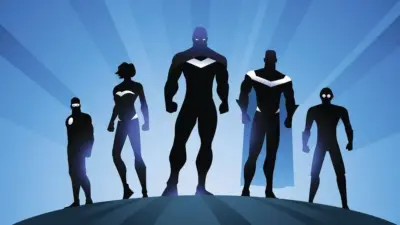The Justice League stands as one of the most iconic superhero teams in comic book history. Its formation has been depicted through various narratives, reflecting the evolving landscape of DC Comics. This article “How the Justice League Formed in DC Comics History” delves into the origins of the Justice League, tracing its inception from the Silver Age to modern reinterpretations.
The Birth of the Justice League in the Silver Age
In the late 1950s, the superhero genre experienced a resurgence, leading DC Comics to revive and reinvent its classic characters. Editor Julius Schwartz played a pivotal role in this revival, commissioning writer Gardner Fox to create a new superhero team. Drawing inspiration from the 1940s’ Justice Society of America, Fox introduced the Justice League of America (JLA) in “The Brave and the Bold” #28, published in March 1960.
The original lineup featured seven superheroes:
- Superman
- Batman
- Wonder Woman
- Aquaman
- The Flash (Barry Allen)
- Green Lantern (Hal Jordan)
- Martian Manhunter (J’onn J’onzz)
This ensemble brought together DC’s most prominent characters, setting the stage for collaborative storytelling and shared universe dynamics.
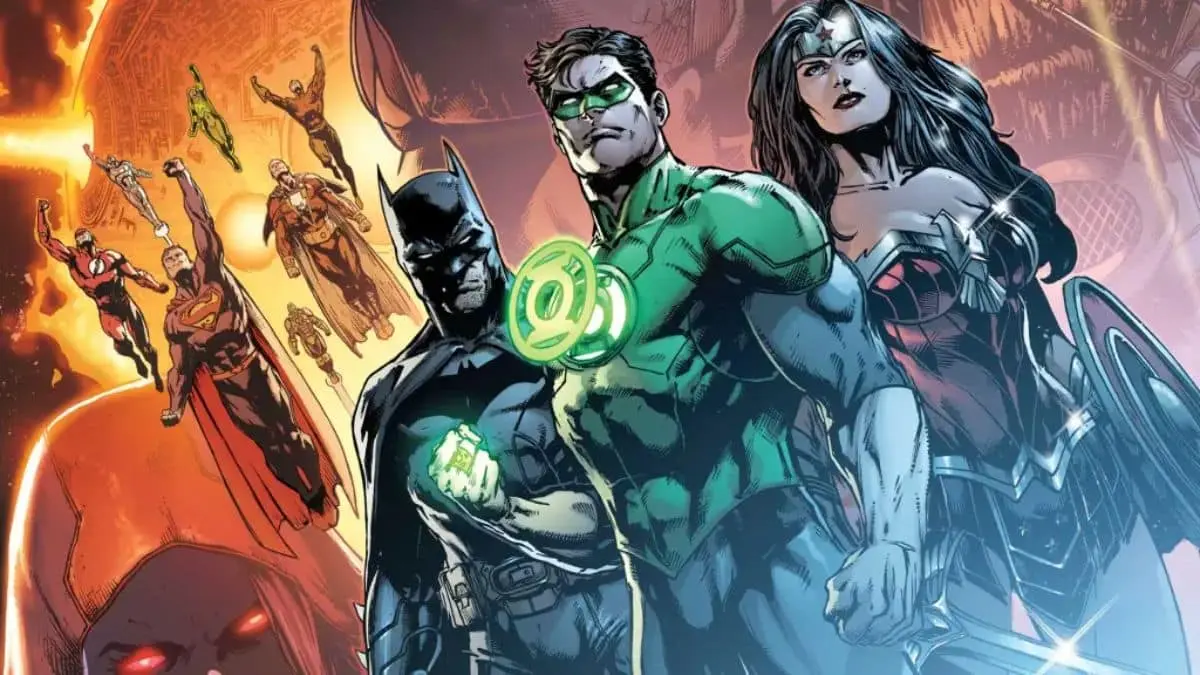
Formation Narrative: The Brave and the Bold #28
In their debut story, the Justice League united to combat the threat posed by Starro the Conqueror, a giant starfish-like alien with mind-controlling abilities. This adventure showcased the heroes’ combined strengths and established the foundation for their teamwork. The success of this issue led to the launch of the “Justice League of America” comic series, which became one of DC’s best-selling titles.
Evolution Through the Ages
Over the decades, the Justice League underwent numerous transformations, with changes in membership and storylines reflecting the times. Notably, the team often collaborated with the Justice Society of America, bridging different eras of superhero lore. These crossovers enriched the DC Universe, introducing readers to a multiverse concept and expanding the scope of superhero narratives.
The New 52: A Modern Reimagining
In 2011, DC Comics launched “The New 52,” a company-wide reboot that redefined the origins and stories of its characters. As part of this initiative, writer Geoff Johns and artist Jim Lee presented a modern retelling of the Justice League’s formation in “Justice League: Origin.” This storyline, spanning the first six issues of the new “Justice League” series, reintroduced the team in a contemporary setting.
In this reimagining, the lineup included:
- Superman
- Batman
- Wonder Woman
- Green Lantern (Hal Jordan)
- The Flash (Barry Allen)
- Aquaman
- Cyborg (Victor Stone)
The narrative began with Batman and Green Lantern investigating a series of alien abductions, leading them to an encounter with Superman. As the threat escalated, other heroes joined forces to combat the invasion led by the interdimensional warlord, Darkseid. This storyline emphasized the heroes’ initial mistrust and eventual camaraderie, highlighting their journey from individuals to a cohesive team.
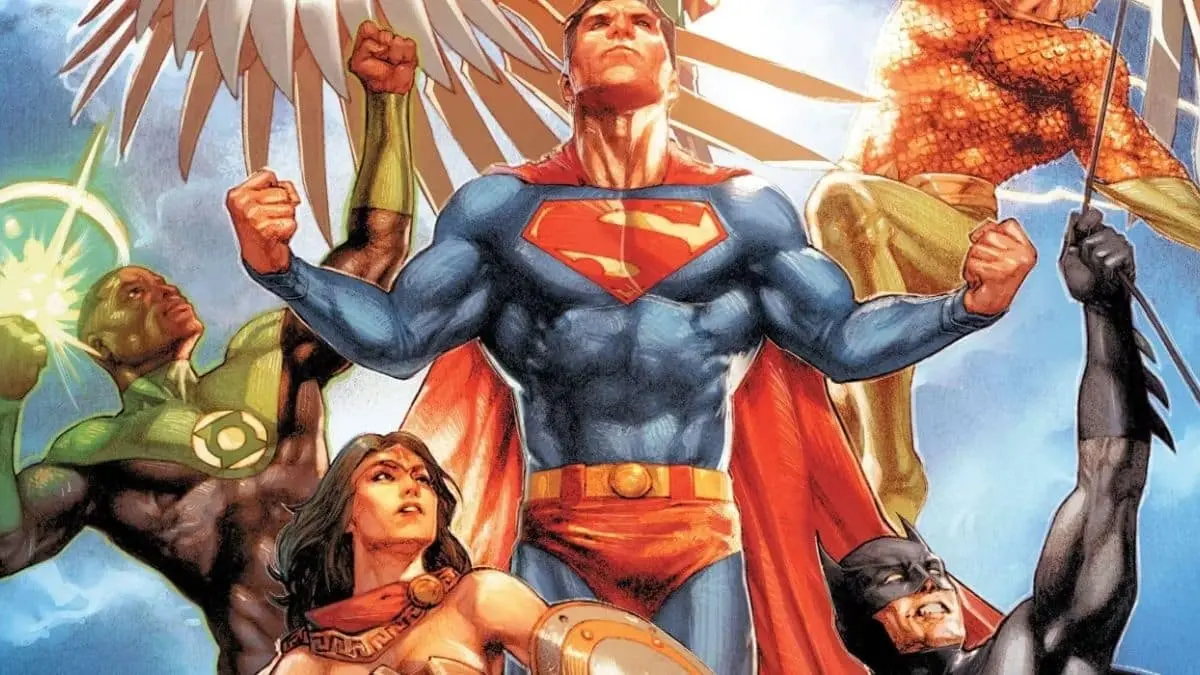
Legacy and Impact
The formation of the Justice League set a precedent for superhero team-ups, influencing other comic book publishers to create their own ensembles, such as Marvel’s Avengers. The Justice League’s stories have been adapted into various media, including animated series like “Justice League” and “Justice League Unlimited,” which introduced the team to new generations of fans.
The concept of a shared universe, where characters from different stories interact, has become a staple in comic book storytelling, largely due to the Justice League’s pioneering role.
Also Read: When Did Batman First Face the Joker?
